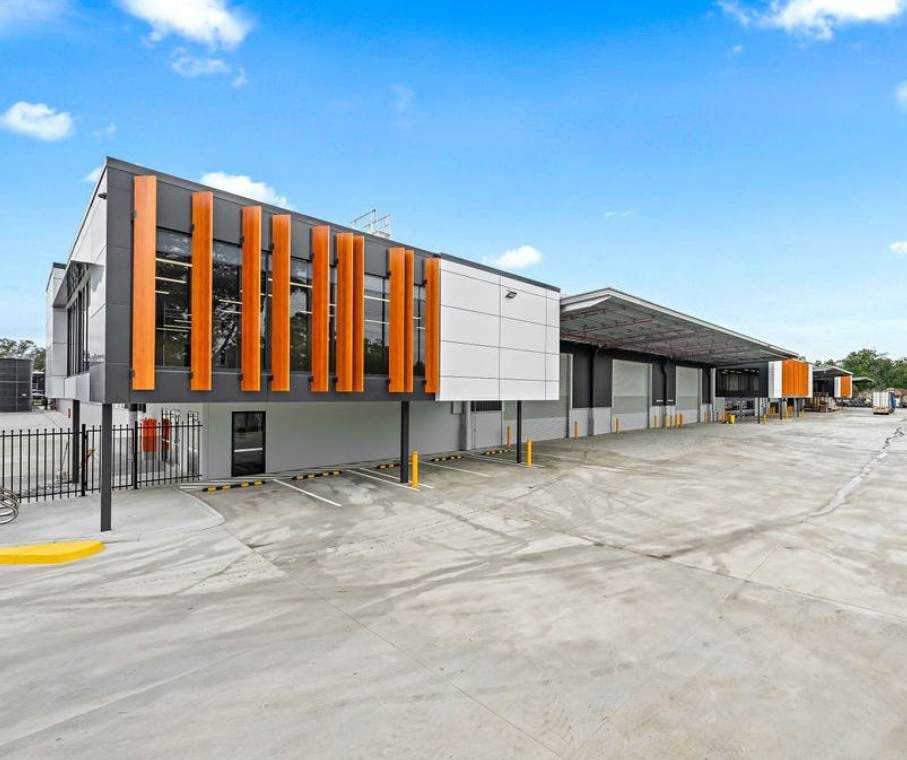When it comes to optimizing storage spaces, choosing the right solution between racking and shelving can significantly impact the efficiency of your operations. Whether you're managing a warehouse, a retail space, or even organizing your garage, understanding the differences between racking and shelving is essential for making the best decision.
This guide will explore the key distinctions, benefits, and applications of racking vs shelving, helping you to choose the most suitable option for your storage needs.

Racking vs Shelving: What’s the Difference?
Both racking and shelving systems are used to store items in an organized manner, but they differ in terms of structure, use, and the weight they can hold. Let’s dive deeper into each concept to understand their unique characteristics.
What is Shelving?
Shelving refers to flat, horizontal surfaces used to store smaller, lightweight items. Shelves are typically designed for easy access to products and are commonly found in retail stores, office environments, garages, and homes. Shelving units can be made from various materials, such as wood, metal, or plastic, and come in different styles and sizes depending on the intended application.
Advantages of Shelving:
- Easy to Install: Most shelving systems are easy to assemble without the need for professional help.
- Flexible Configuration: Shelves can be adjustable, allowing users to modify the height to fit different-sized items.
- Cost-Effective: Shelving is generally more affordable than industrial racking systems, making it a great choice for smaller spaces.
- Best for Lightweight Items: Ideal for items that do not exceed medium-weight limits, like office supplies, books, and household goods.
Applications of Shelving:
- Retail Display: Shelving is commonly used in retail settings to display products for easy access by customers.
- Office Organization: Perfect for organizing paperwork, files, and office equipment.
- Home Use: Shelving is ideal for garages, closets, and kitchen pantries to store lightweight tools, food, and accessories.
What is Racking?
Racking systems, on the other hand, are designed for heavy-duty industrial storage. They consist of vertical frames and horizontal beams, creating robust storage solutions that can support much heavier loads than shelving. Racking systems are typically used in warehouses, factories, and distribution centers where palletized goods and heavy equipment need to be stored.
Advantages of Racking:
- High Load Capacity: Racking systems can support significantly heavier loads, often in the range of tons per rack.
- Vertical Space Utilization: Racks are taller, making better use of vertical space in warehouses.
- Ideal for Pallets: Many racking systems are designed to accommodate palletized goods, making them essential for large-scale industrial storage.
- Durable: Made from heavy-duty steel, racking systems can withstand harsh industrial conditions.
Applications of Racking:
- Warehouse Storage: Racking systems are the backbone of industrial warehouses, enabling efficient storage of goods on pallets.
- Manufacturing Facilities: Used to store raw materials, finished products, and heavy equipment.
- Distribution Centers: Ideal for organizing and storing bulk items, ensuring easy retrieval when needed.
Key Differences Between Racking and Shelving
While both racking and shelving are used to store goods, the main differences lie in their construction, intended use, and capacity. Here’s a breakdown of the core distinctions:
1. Load Capacity
- Shelving: Designed for lightweight to medium-weight items, usually up to 250 kg per shelf.
- Racking: Built for heavy loads, with capacities reaching several tons per level. Perfect for storing palletized goods and large equipment.
2. Size and Height
- Shelving: Typically shorter, with heights ranging from 1 meter to 3 meters. Shelves are generally designed for easy reach and quick access.
- Racking: Taller, often exceeding 10 meters in industrial settings, making them ideal for vertical storage and maximizing floor space.
3. Installation
- Shelving: Easy to install and often requires basic tools. Shelving units can be assembled by anyone without professional assistance.
- Racking: Requires professional installation due to its complex structure and heavy-duty components. Safety inspections are also necessary to ensure stability.
4. Flexibility
- Shelving: Shelves can be easily adjusted and reconfigured based on storage needs, making them highly versatile.
- Racking: More rigid, designed for specific storage needs, especially when dealing with palletized goods. Customization is often limited compared to shelving.
5. Material
- Shelving: Usually made from lightweight materials such as wood, metal, or plastic.
- Racking: Constructed from heavy-duty steel to support large loads and endure harsh conditions.
When to Choose Shelving
If you need a storage solution for smaller items and are working with limited space, shelving is likely the best option for you. Here are some instances where shelving is the ideal choice:
- Home Organization: From garages to closets, shelving is perfect for organizing tools, clothes, and household items.
- Retail Display: Shelving units are excellent for displaying products in a neat and organized manner, making items easily accessible to customers.
- Office Use: For paperwork, books, or light office supplies, shelving provides an affordable and efficient storage option.
Steel Power Shelving Store

Based in Brisbane, Steel Power Shelving is Australia’s leading shelving supplier, offering a comprehensive range of shelving solutions tailored to meet diverse needs. Specializing in durable and versatile shelving, Steel Power Shelving is known for its high-quality metal shelves and outstanding customer service. Whether you’re looking to organize a home, office, or industrial space, Steel Power Shelving has the expertise and products to suit your requirements.
When to Choose Racking
Racking is the go-to option for industrial environments or businesses dealing with large quantities of stock. Here are scenarios where racking systems excel:
- Warehouse Storage: Racking is essential for storing large quantities of goods in warehouses, maximizing space and allowing for easy movement of palletized items.
- Manufacturing: If your facility handles heavy machinery or bulk materials, racking provides the necessary strength and durability to store these items safely.
- Distribution Centers: For storing large, heavy, or palletized goods that need to be easily accessible, racking is the optimal choice.
FAQs About Racking and Shelving
1. Can shelving systems support heavy loads?
Shelving systems are generally designed for lightweight to medium-weight items. For heavy-duty storage, racking systems are recommended as they can hold much larger loads.
2. Is it possible to adjust the height of shelving or racking systems?
Yes, both shelving and racking systems can often be adjusted to suit your needs. Shelving units are generally more flexible, allowing for frequent reconfiguration, while racking systems may require professional assistance for adjustments.
3. What materials are best for shelving and racking?
Shelving is commonly made from materials like metal, wood, or plastic, depending on the intended use. Racking, on the other hand, is typically constructed from heavy-duty steel to ensure it can support heavy loads in industrial settings.
Table: Comparison Between Racking and Shelving
| Feature | Shelving | Racking |
|---|---|---|
| Load Capacity | Up to 250 kg per shelf | Can support several tons per level |
| Height | Typically 1 to 3 meters | Can exceed 10 meters in height |
| Material | Wood, Metal, Plastic | Heavy-duty Steel |
| Installation | Simple, can be done by the user | Requires professional installation |
| Flexibility | Adjustable and reconfigurable | Limited customization, specific for pallets |
| Cost | More affordable, ideal for smaller spaces | Higher cost due to heavy-duty requirements |
| Best For | Home, Office, Retail | Warehouses, Manufacturing, Distribution Centers |
Final Toughts
Understanding the key differences between racking and shelving is essential for choosing the right storage solution for your space. While shelving is ideal for lighter items and smaller spaces, racking excels in industrial environments where heavy loads and large-scale storage are required.
At Steel Power Shelving, we specialize in providing high-quality shelving solutions that cater to both commercial and residential needs. With a wide range of durable, versatile products, we are committed to helping you optimize your space with tailored shelving systems. Whether you need to organize a small office or a large warehouse, Steel Power Shelving is your trusted partner in delivering the best storage solutions.
